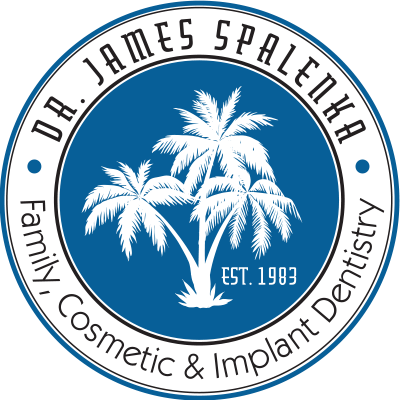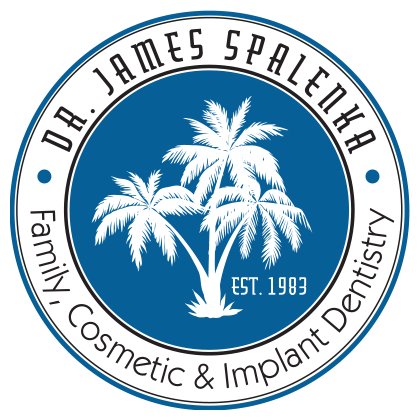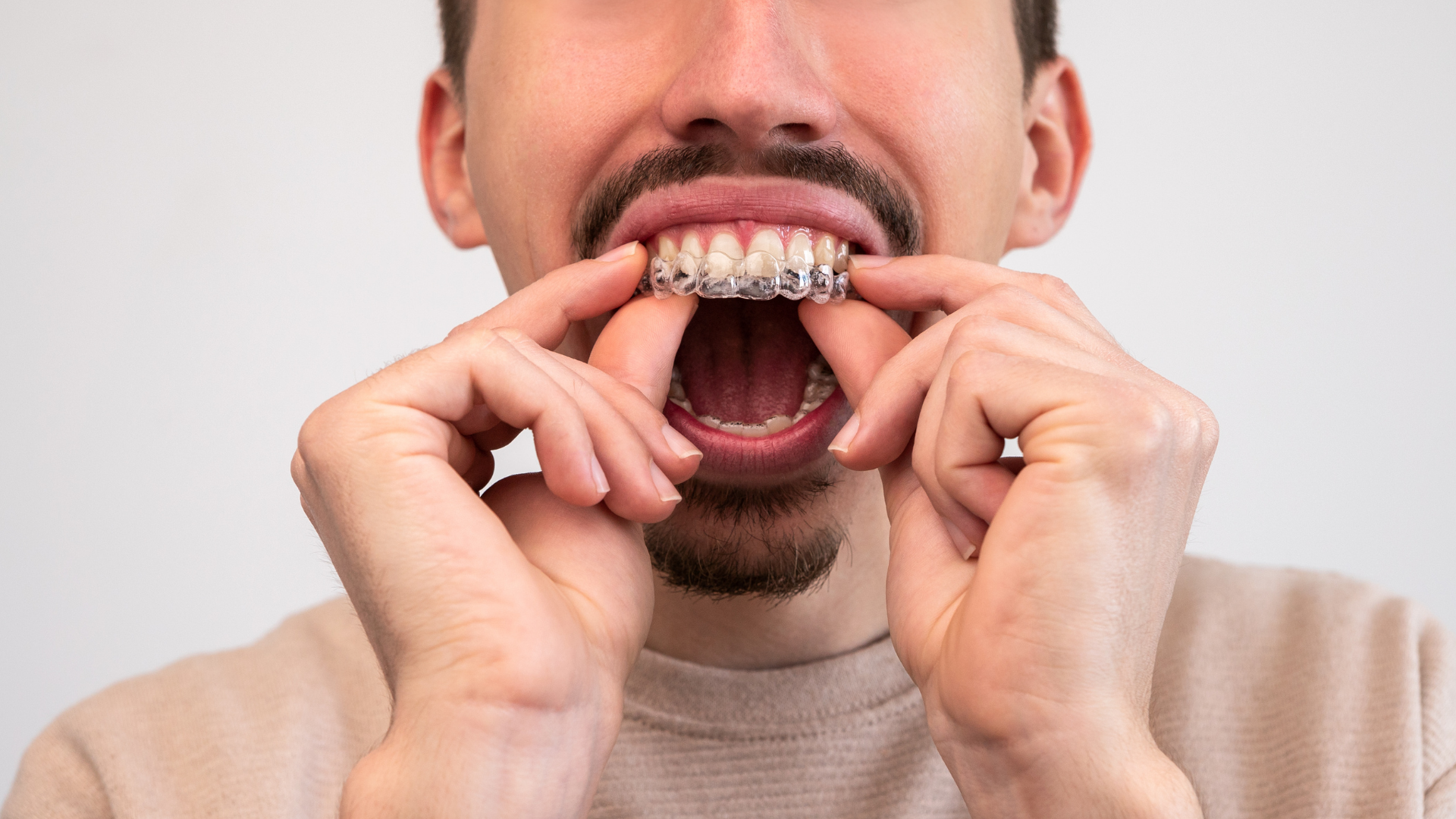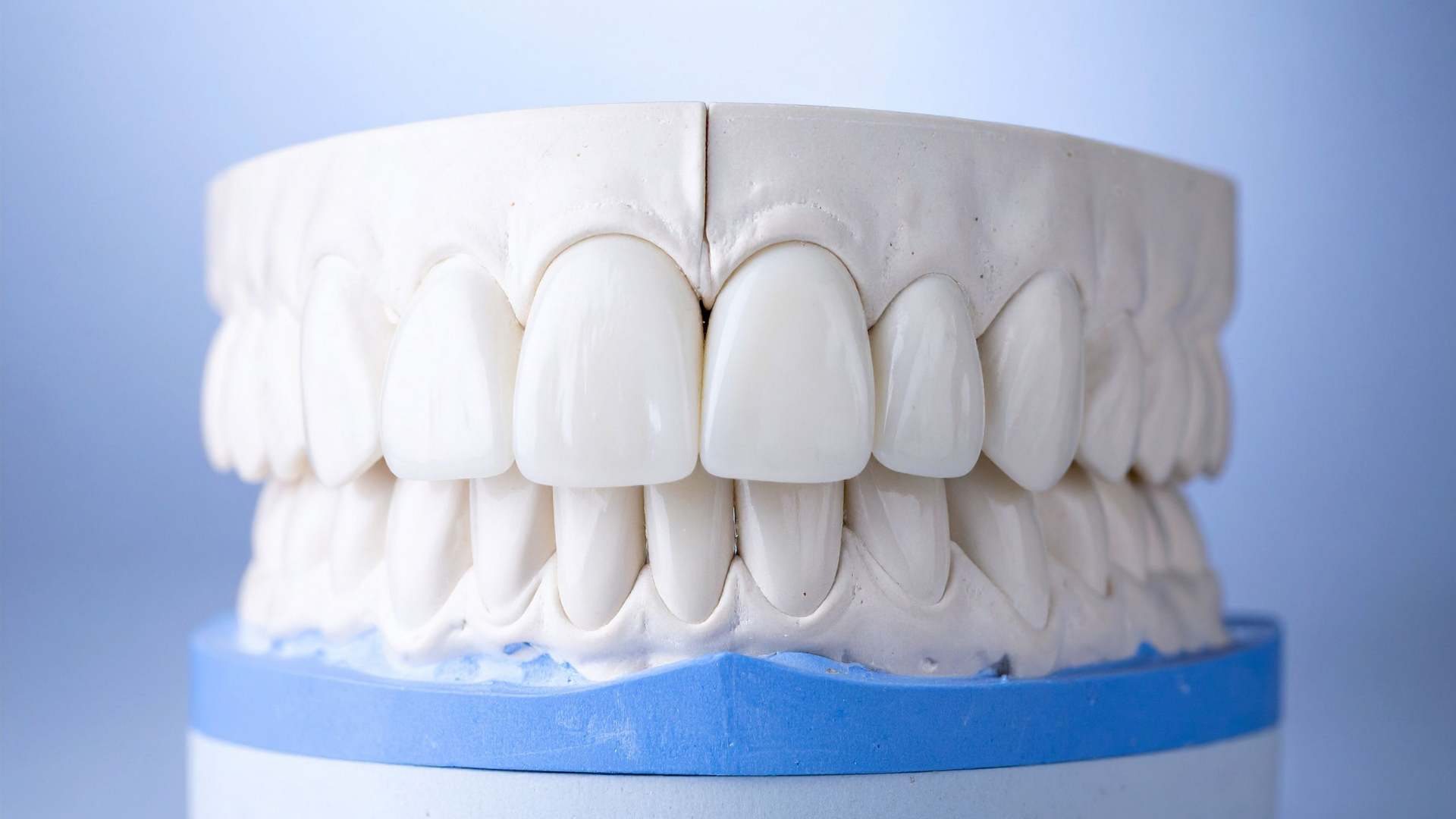Early Detection and Treatment of Oral Cancer
Prioritizing Preventive Dental Care in Rancho Bernardo
In today's fast-paced world, preventive measures often take a backseat. However, when it comes to our dental health, prevention remains paramount. Regular preventive dental examinations not only keep our smiles bright but also act as a protective shield, ensuring early detection of potential issues before they escalate into major concerns. It's a proactive approach that embodies the old adage: "Prevention is better than cure."
Now, let's talk about Rancho Bernardo—a community that stands out in its commitment to top-tier dental care. Nestled in this sun-kissed valley, Rancho Bernardo prides itself on a legacy of dental excellence. The best dentists here are not just trained in their craft but are passionate about the health of the community, ensuring everyone has access to the best preventive dental care. It's not just about treating issues; it's about preventing them, a testament to the dedication Dr James Splenka in Rancho Bernardo has towards the well-being of its residents.
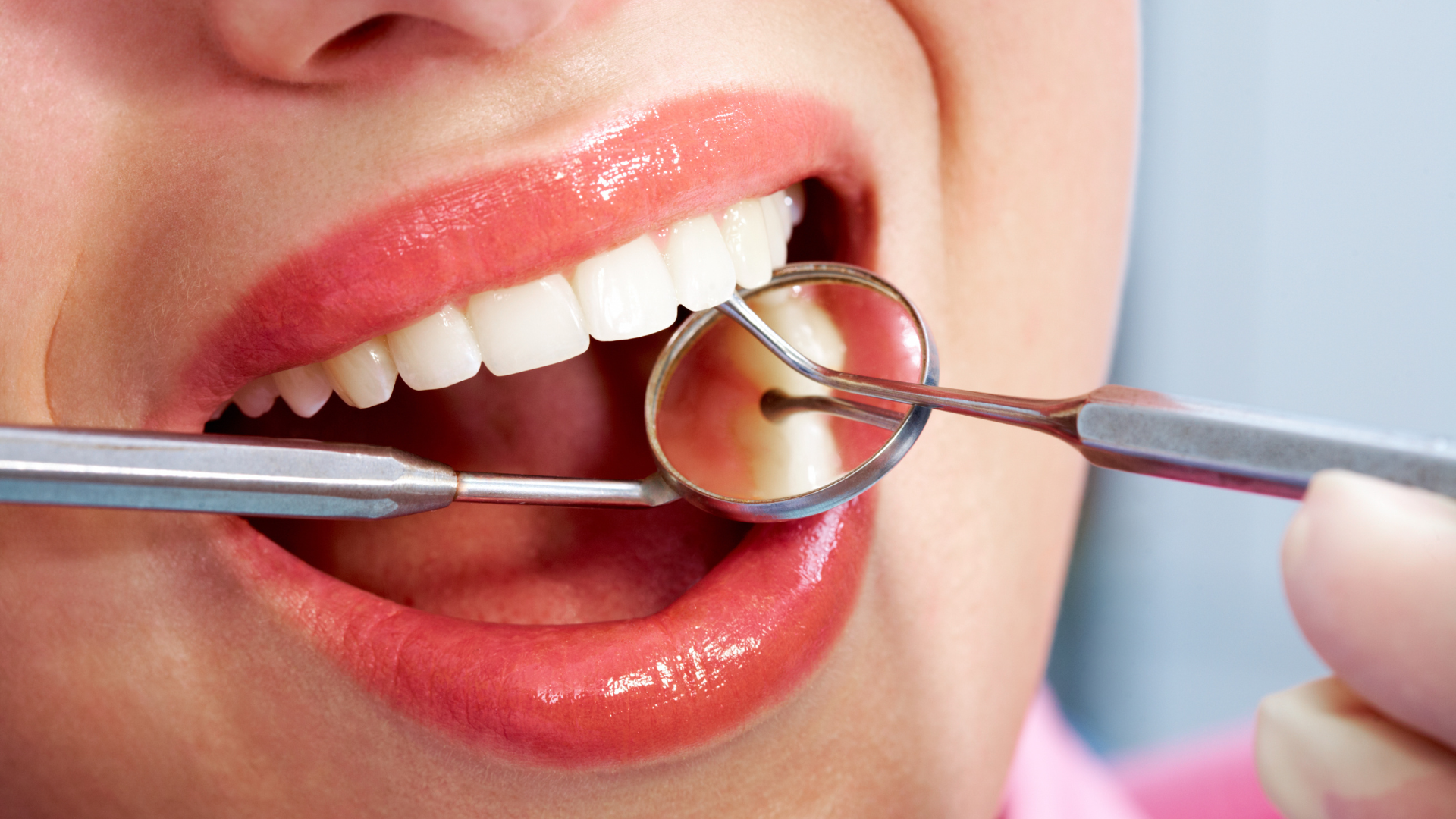
Section 1: The Crucial Role of Preventive Examination
- Understanding Preventive Examinations
Preventive
examinations are foundational to modern dentistry. Rather than reacting to dental problems once they've arisen, preventive examinations focus on early identification and mitigation. These check-ups encompass thorough inspections of the mouth, teeth, gums, and surrounding structures, ensuring everything is as it should be. Their significance lies in their ability to catch potential dental issues in their nascent stages, allowing for simpler, less invasive, and often more effective treatments. In essence, they act as the first line of defense against a spectrum of oral health challenges.
- Preventive Examinations in Rancho Bernardo
In Rancho Bernardo, the spirit of preventive care is palpable. The community is home to state-of-the-art dental facilities that are equipped with the latest technology designed to make preventive screenings as detailed and comfortable as possible. The local dentists, with their unwavering commitment, undergo continual training, ensuring they are abreast with the latest in dental diagnostics and treatments. When you step into a dental clinic here, you're not just getting a check-up; you're experiencing a comprehensive oral health evaluation designed to keep you a step ahead of potential dental concerns. This dedication and focus on prevention have made Rancho Bernardo a beacon for those prioritizing their oral health.
- The Direct Link between Prevention and Oral Health
Statistics underscore the profound impact of regular dental check-ups. According to several studies, individuals who commit to biannual dental visits are significantly less likely to experience severe dental complications than those who visit sporadically. Early detection, made possible by these check-ups, drastically reduces the incidence of complex dental surgeries and treatments. For instance, catching a cavity early might necessitate a simple filling, whereas detecting it later could require a root canal or even extraction. It's also worth noting that early detection has a ripple effect on overall health. Conditions like oral cancer, when identified in their initial stages, have considerably higher treatment success rates. In short, a commitment to preventive care not only preserves your radiant smile but also ensures holistic well-being.
Section 2: Early Detection of Oral Cancer
Understanding Oral Cancer
Oral cancer, a subset of head and neck cancers, pertains to malignant growths in the oral cavity, including the lips, tongue, cheeks, floor of the mouth, and throat. This type of cancer, like others, progresses when cells undergo mutations allowing them to grow and divide uncontrollably. The importance of its early detection cannot be overstated. Catching oral cancer in its initial stages drastically enhances the effectiveness of treatment, reducing complications and boosting survival rates. It transforms a potentially life-threatening condition into one that's largely manageable, emphasizing the role of regular screenings.
Symptoms and Signs to Look Out For
Oral cancer, in its early stages, may present subtly, but being aware of its signs can be the key to timely detection. Here are some symptoms to be vigilant about:
Persistent Sores:
Sores that don't heal within two weeks, especially those on the lips or in the mouth, should be a cause for concern.
Pain and Tenderness:
Unexplained pain or tenderness in the face, mouth, or neck might indicate an underlying problem.
White or Red Patches:
Look out for any white or reddish patches inside the mouth, on the gums, or on the tongue.
Difficulty in Swallowing or Chewing:
A sudden difficulty or discomfort in swallowing or chewing can be indicative.
Voice Changes:
Any unexplained changes in your voice or persistent hoarseness should be checked.
Movable Lumps:
Feel for any lumps or thickened areas in the mouth or on the neck. If they persist or grow, they require attention.
Remember, these symptoms can also be related to less severe conditions, but it's always safer to get them checked out.
Role of Dentists in Rancho Bernardo in Early Detection
Dentists in Rancho Bernardo stand at the frontline in the battle against oral cancer. Equipped with cutting-edge diagnostic tools, they possess the expertise to conduct thorough oral cancer screenings during routine dental visits. Advanced imaging techniques, such as VELscope and Identafi, have become staples in clinics here, allowing for enhanced visualization of oral tissues and early detection of abnormalities. Additionally, their continual training ensures they are updated on the latest methodologies and research in the field of oral oncology. When you sit in that dental chair in Rancho Bernardo, you are not just getting cleaned teeth; you're receiving a comprehensive health assessment by professionals who are deeply committed to ensuring the well-being of their community. Their proactiveness and preparedness make all the difference in catching oral cancer early and making a positive prognosis possible.
Section 3: Treatment of Oral Cancer
Initial Steps Post Detection
Once there's a suspicion of oral cancer, prompt and rigorous diagnostic steps are crucial to confirm the diagnosis and understand its extent. Initial diagnostics involve a biopsy, where a sample of the suspicious tissue is removed for microscopic examination. This definitive test ascertains if cancerous cells are present and, if so, the type of cancer. Imaging tests, such as CT scans, MRIs, and PET scans, might be recommended to determine the size, location, and spread of the cancer. These initial diagnostics not only provide clarity about the disease but also guide the subsequent course of treatment, ensuring it's tailored to the individual's needs.
- Treatment Modalities
The treatment of oral cancer is multifaceted, depending on the stage, location, and type of cancer, as well as the patient's overall health. Here's an overview of common treatment modalities:
- Surgery: This is often the primary approach for early-stage oral cancers. It involves removing the tumor and a margin of healthy tissue surrounding it. For more advanced cancers, surgery might also involve removing parts of the tongue or jawbone.
- Radiation Therapy: This treatment uses high-energy beams, like X-rays, to kill cancer cells. It can be done externally or internally (brachytherapy). Radiation therapy is often used post-surgery or, in early-stage cancers, as the primary treatment.
- Chemotherapy: This employs drugs to kill cancer cells or prevent them from growing. It can be used alone or in combination with other treatments.
- Targeted Therapy: These are newer drugs designed to target specific vulnerabilities in cancer cells. They might be used in conjunction with chemotherapy or on their own.
- Immunotherapy: This harnesses the body's immune system to fight cancer. It's often reserved for advanced oral cancers that haven't responded to other treatments.
- Recovery and Post-Treatment Care : The road to recovery post oral cancer treatment can be demanding but is an essential journey to reclaim one's health. Pain management, dietary changes, speech therapy, and physical therapy might be necessary, depending on the extent of the treatment.
Regular follow-up appointments are paramount to monitor for any signs of recurrence and to check on the patient's overall health. These visits might include physical examinations, blood tests, and imaging tests.
Oral hygiene remains crucial. Gentle brushing, flossing, and regular dental check-ups will ensure the mouth remains healthy post-treatment. Additionally, embracing a balanced diet, abstaining from tobacco, and limiting alcohol can significantly reduce the risk of recurrence.
It's also beneficial to join a support group or seek counseling to address the emotional and mental challenges that may arise post-treatment. Remember, recovery is not just about the body; it's about the mind and spirit too.
FREQUENTLY ASKED QUESTIONS ABOUT ORAL CANCER
The office of Dr. James Spalenka, DDS.
A Gentle, Comfortable Dental Experience, Offering Skill & Modern Technology
HIGH-TECH EQUIPMENT | CARING STAFF | MODERN OFFICE
